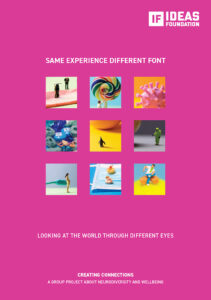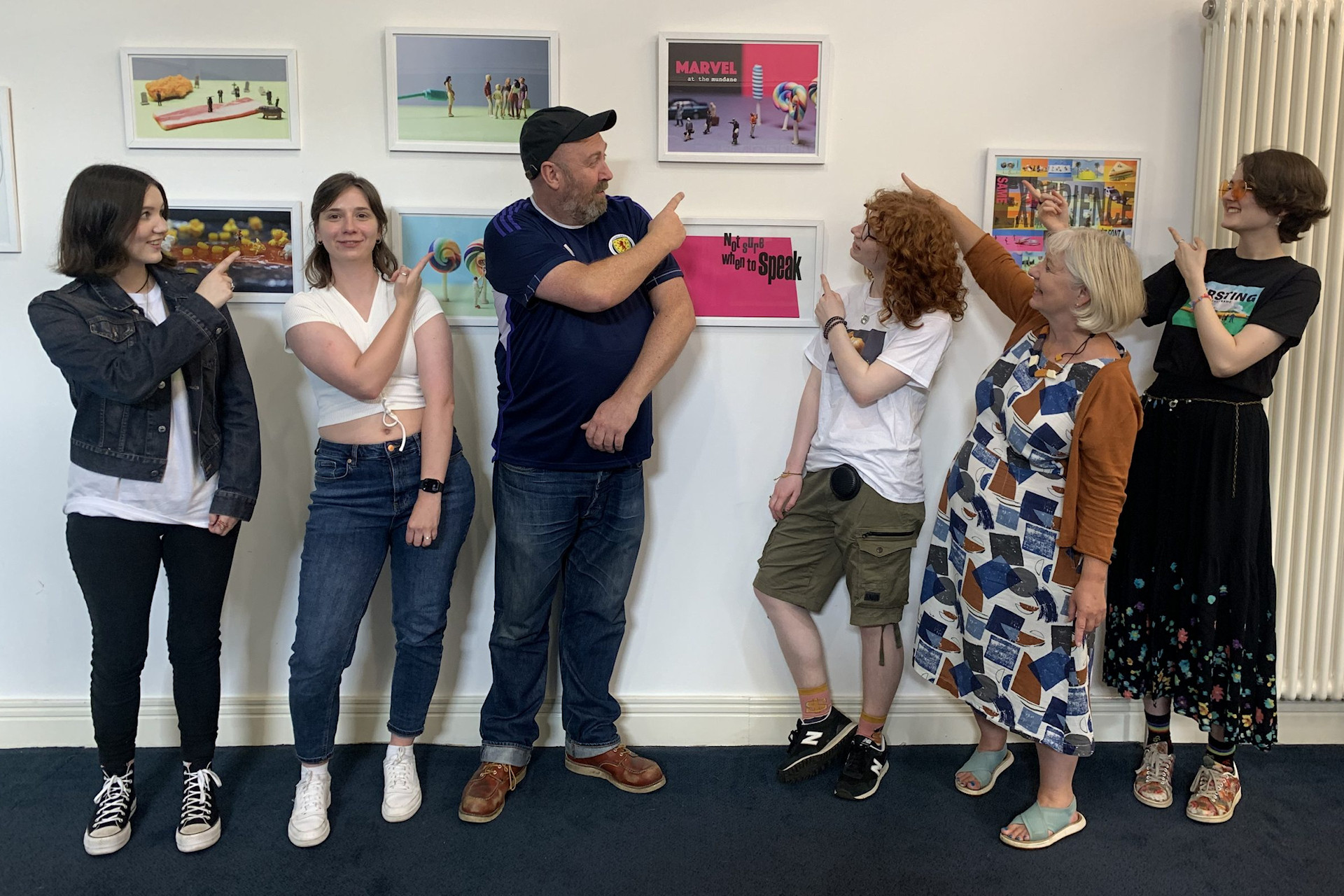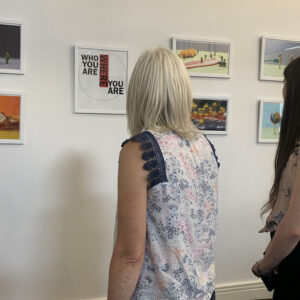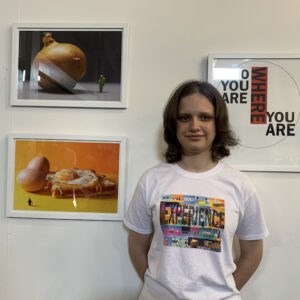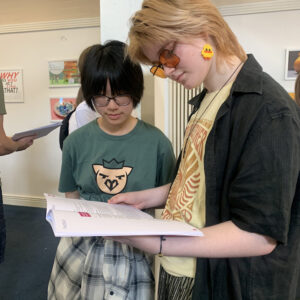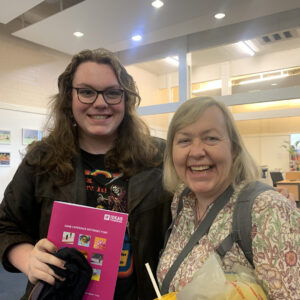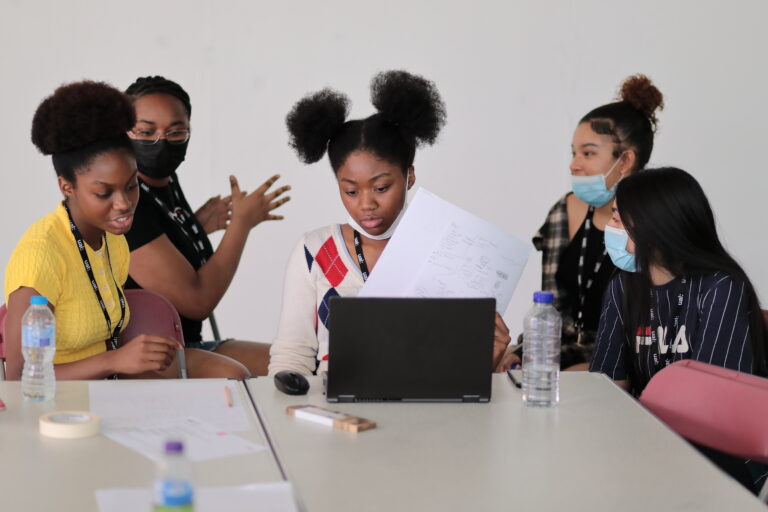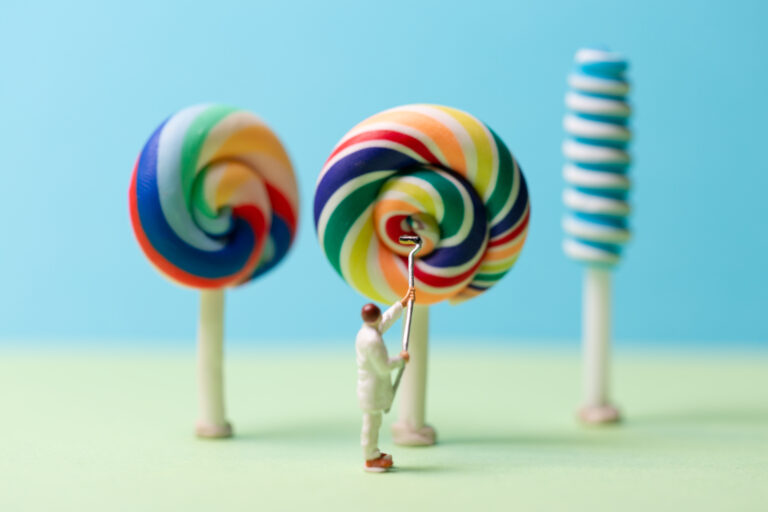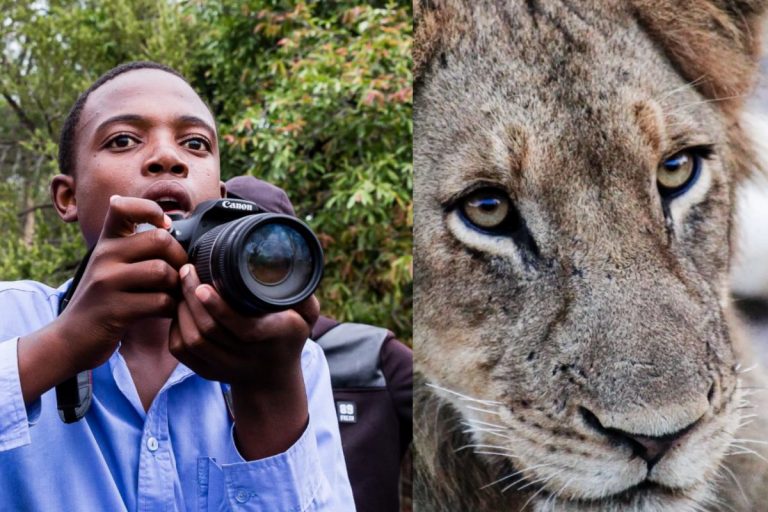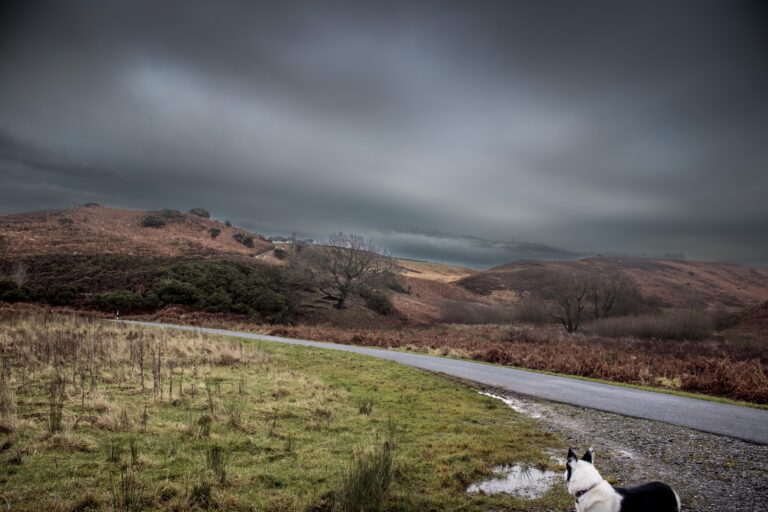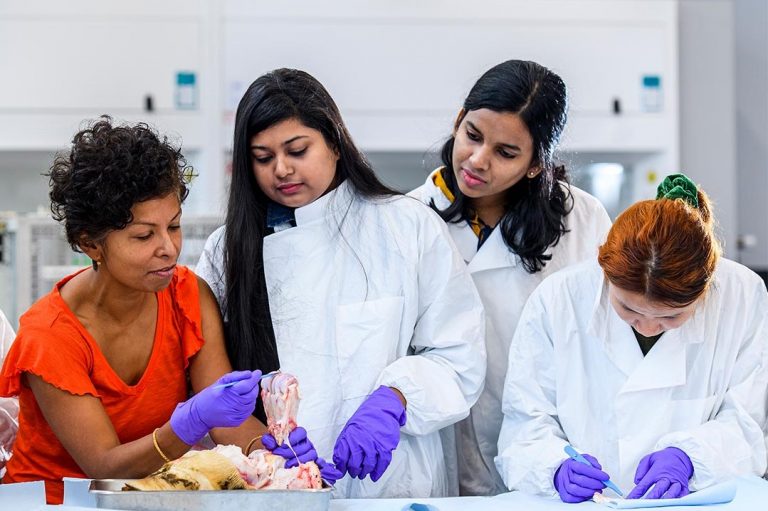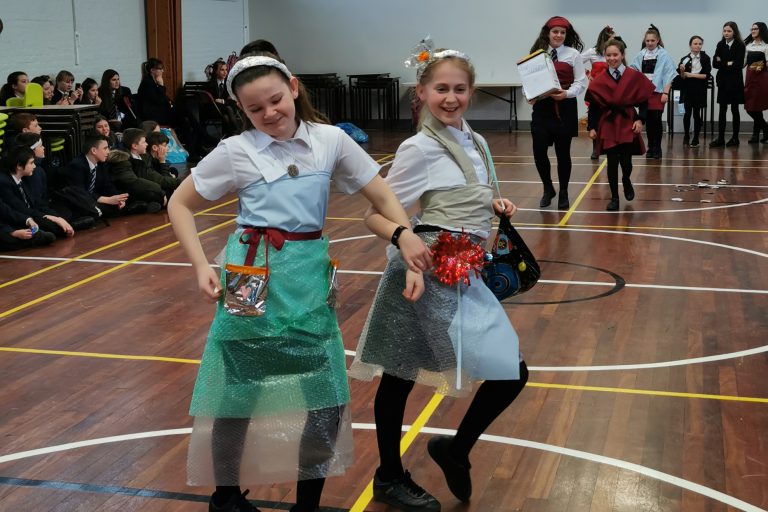Neurodiversity in unexpected places – seeing your own brain reflected back at you

Check out The Ideas Foundation’s most recent project exhibition in Linlithgow on neurodiversity and wellbeing; Same Experience Different Font!
Working with photographer David Gilliver and graphic designer Iona Sorbie, this talented group of students, led by art teacher Peter Scott (who also had the honour of being my registration teacher throughout high school) have created a wonderful, unique, and often hilarious collection of macro photography art that gives insight into how neurodivergent people experience the world; from depleting social batteries to the looming horror of an onion smell.
It’s very surreal seeing my work in an actual exhibition, and a great opportunity. It’s also very rewarding, seeing the art displayed and knowing how it was made as well as all the work behind it
~Student, Linlithgow art collective.
Having only realised my own neurodivergence in the past few years (thanks to lockdown) it’s so encouraging and inspiring to see projects like this value young neurodivergent voices and give them an outlet to express their views, as well as give them opportunities to grow in the creative industries.
For many, projects like this provide a whole new perspective into the way neurodivergent people see the world, and for neurodivergent people like me, it provides a safe and understanding place where you can see your own experiences reflected back at you. I felt instantly more relaxed in that space than I had been all morning, I even ran into a friend at the exhibition and wasn’t surprised to hear they knew one of the students involved in the project.
The use of David Gilliver’s macro photography was a great choice! Extenuating the smallness of our individual worlds and microscopic idiosyncrasies that can make ordinary objects so horrifying or magnificent depending on your perspective and experience.
People with autism or ADHD are often plagued by things that neurotypical people don’t notice, but, as this collection of work aims to show, they are also often able to notice beauty that other people overlook.
Whilst neurodiversity often makes the world a difficult place to exist in, it can also allow you to look past structures like capitalism (illustrated by one piece where people run towards giant coins whilst an onlooker stands by in confusion) and the constraints of social norms and gain a deeper appreciation for life without the burden of having to be like everyone else. This collection of work did a fantastic job capturing the dichotomy of struggle and beauty that is the spectrum of neurodivergent experience.
It’s also great to see neurodiversity represented comedically. Autistic people especially are often labelled as being incapable of understanding humour or even being intentionally funny (see pretty much every representation of an autistic person in every TV show and movie), and it’s so refreshing to see neurodivergent people represented as funny. As they are! My neurodiverse friends are the funniest people I know! Rejecting the stereotype of a humourless, overly logical genius, the work in this exhibition made me laugh as much as it made me think. It’s also worth mentioning that autistic people are often thought of as uncreative, with most people’s assumption being that they are maths and science oriented with no interest or talent in creative fields – yet another tired stereotype these students helped put to bed.
I’m really proud of myself and all the people that are part of the project. It’s also nice that it’s about something that’s still not talked about as much and is slightly taboo in a way. And it’s nice that we can help people who are neurodivergent through doing this project.
~Student, Linlithgow art collective
It’s so encouraging to see neurodivergent people, and especially young people, being given a space to share their experiences and view of the world, to be heard and to develop skills in creative industries. Projects like these give me so much hope for future generations of autistic and ADHD people; both in getting into creative industries and in learning to accept and love who they are. Having their perspective of the world listened to and elevated in all its wonderful, hilarious, and beautiful variety.


